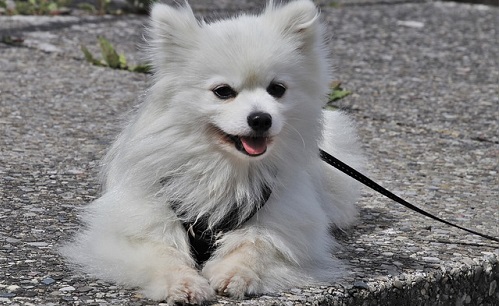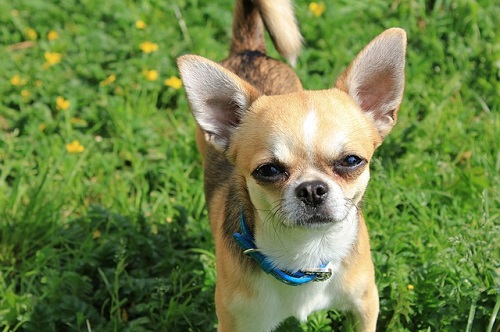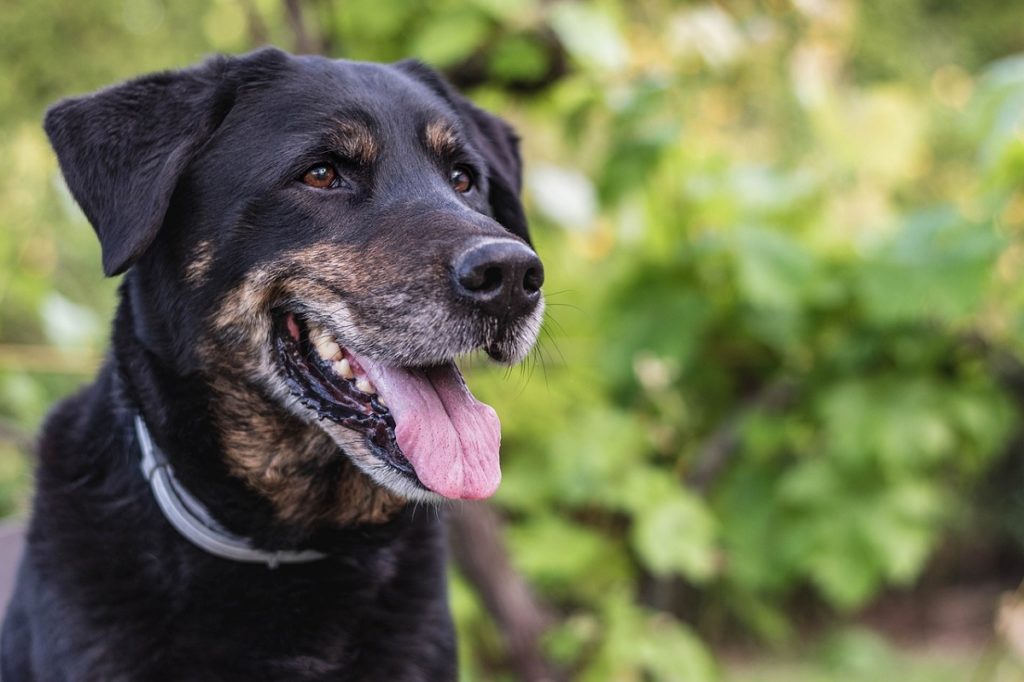If you have ever wondered, “How long should my dog’s nails be?”, you are not alone. Although it may not be the first thing that is considered when grooming one’s pet, dogs require nail maintenance just as people do. Depending on his lifestyle, breed, and age, the length and condition of a dog’s nails may change throughout his lifetime. However, it’s imperative for dog parents to routinely maintain the dog’s claws, as keeping them properly trimmed will keep him feeling healthy, happy and pain-free. Whether done at home or at the vet, good nail-grooming practices are a great habit to get into for dogs of all ages. This article will address nail maintenance tips for dog owners and other helpful guidelines for grooming your pup’s paws.
How Often Do I Cut My Pup’s Nails?
 While there are many dogs who dislike having their nails cut or even handled, there are just as many pet parents who grow anxious at the thought of having to do this seemingly-daunting task. And while it may be a fairly routine with some pets, with other dogs, it might require the assistance of a professional groomer. Most experts agree that if the nail-trimming routine starts at a young age, the owner goes slowly and avoids hitting the nail’s nerves/blood supply and it happens on a regular basis (so that the dog gets used to it), the overall experience should become fairly routine and stress-free for both the dog and his humans.
While there are many dogs who dislike having their nails cut or even handled, there are just as many pet parents who grow anxious at the thought of having to do this seemingly-daunting task. And while it may be a fairly routine with some pets, with other dogs, it might require the assistance of a professional groomer. Most experts agree that if the nail-trimming routine starts at a young age, the owner goes slowly and avoids hitting the nail’s nerves/blood supply and it happens on a regular basis (so that the dog gets used to it), the overall experience should become fairly routine and stress-free for both the dog and his humans.
Regardless of the specific grooming routine, there are certain key items that affect a dog’s nail growth and nail-trimming requirements. These include:
- Age: A dog’s age will determine how much they wear down – and thus how often they need to be trimmed. For example, a geriatric dog may favor walking on the grass or softer surfaces, thus rendering his nails only gently worn down. On the other hand, a younger pooch who prefers to play outside on hard surfaces or go on long walks is likely giving his paws a good work-out, which will require a proper trim. If a dog’s claws get too long, it can actually put pressure and pain on his toes and paws; overgrown nails are also prone to canine bacterial infection and splitting. They can also put undue strain on a dog’s legs and impede his posture, so be sure to keep a dog’s nails at the correct length and his claws well-trimmed.
- Health Conditions: For dogs who have preexisting health conditions or issues, such as fungal infections, autoimmune disorders, and canine tumors, it can impact the growth rate and overall health of their nails. The causes of canine claw and nail disorders can vary a great deal, ranging from genetics and nutrition to viruses and environmental factors. In turn, such nail problems also determine maintenance and grooming routines, as the site of some diseased claws and nails are too painful to cut or tend to at home, and therefore require a professional trimming by either a groomer or vet’s office.
- Level of Activity: When determining the proper length of a dog’s nail, owners need to take into account how much time their paws actually spend on the ground. For example, is he spending the day curled up on the couch, or running around in the local dog park? Essentially, keeping a dog’s nails trimmed often enough to prevent nails from touching the ground when he’s standing is a fairly good rule of thumb to keep in mind. Consequently, active dogs will probably require more frequent nail care, as long nails can pose a risk of snags, breaks, and infection. However, all dogs should have their nails trimmed regularly for good health and hygiene purposes.
- Diet: Believe it or not, what a pooch eats directly affects the growth rate and overall health of his nails. Just as improper diet can affect a dog’s immune system, coat, eyes, and development as growing pups, inadequate nutrition can lead to unhealthy claws and nails.
- Environment: What type of surface a dog spends most of his time on also impacts his nail grooming needs. Whether he’s a senior pooch padding around the carpeted floors, a young pup who loves long walks on the urban asphalt, or an adult dog frolicking in a suburban yard, a dog’s activities and environment will also impact how often he needs his nails clipped and trimmed.
Summary
 Tending to a dog’s grooming routine is not only important for him to look his best, but to maintain his overall health and well-being. And while his nails may seem like a minor detail, it’s just as critical to keep them in good shape as it is to keep his coat and teeth cleaned and groomed on a routine basis. Although some dogs are just fine having their claws clipped at home, others are more anxious, so ultimately, it becomes an issue of comfort for the dog’s owner. Some pet parents feel more confident grooming their dog’s nails, while others may be wary, especially in the case of dogs who won’t sit still (or the fear of accidentally hurting them). In those instances, it may be best to find a recommended local groomer or a trusted vet to do the job.
Tending to a dog’s grooming routine is not only important for him to look his best, but to maintain his overall health and well-being. And while his nails may seem like a minor detail, it’s just as critical to keep them in good shape as it is to keep his coat and teeth cleaned and groomed on a routine basis. Although some dogs are just fine having their claws clipped at home, others are more anxious, so ultimately, it becomes an issue of comfort for the dog’s owner. Some pet parents feel more confident grooming their dog’s nails, while others may be wary, especially in the case of dogs who won’t sit still (or the fear of accidentally hurting them). In those instances, it may be best to find a recommended local groomer or a trusted vet to do the job.
If you’re having a hard time trimming your pet’s nails? Canna Pet offers CBD pet treats to help your furry friend stay calm and relaxed when grooming. Check it out today!
Sources Cited:
- Prevel, Jenny. “When and How to Cut Your Dog’s Nails.” D For Dog.co.uk, May 15, 2015, https://www.dfordog.co.uk/blog/how-to-cut-a-dogs-nails.html. Accessed May 29, 2019.
- Nicholas, Jason, BVetMed. “How Often Should You Cut Your Dog’s Nails?” Preventive Vet.com, November 15, 2015, https://www.preventivevet.com/dogs/how-often-should-you-cut-your-dogs-nails. Accessed May 29, 2019.
- “What are Claw and Nail Disorders?” Walk Walking.com, (no publish date), https://wagwalking.com/condition/claw-and-nail-disorders. Accessed May 29, 2019.




